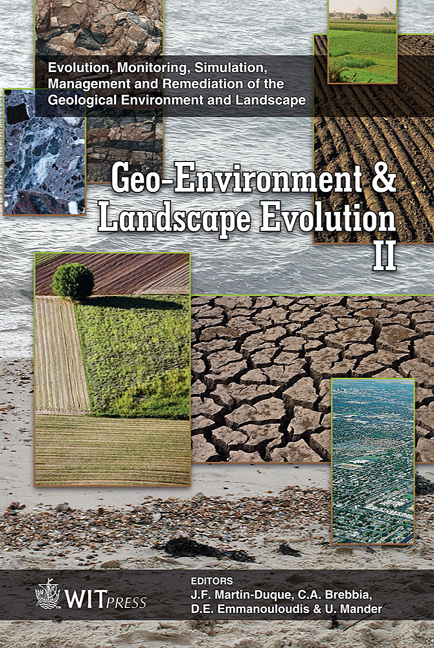Carbon Dioxide Sequestration In Coal: Implications For CO2 Disposal And CH4 Displacement From Coal Seams
Price
Free (open access)
Transaction
Volume
89
Pages
10
Published
2006
Size
463 kb
Paper DOI
10.2495/GEO060161
Copyright
WIT Press
Author(s)
M. Mirzaeian & P. J. Hall
Abstract
The sequestration of CO2 within unmineable coal seams is one of the most attractive options for reducing atmospheric CO2 levels. Thus there is currently considerable interest in the interactions of coal with CO2 for its long-term disposal. This paper reports the analysis of coal / CO2 interactions at pressures of up to 30 bar. The results obtained from differential scanning calorimetry (DSC) show that the interactions of CO2 with coal leads to strongly bound carbon dioxide on coal. It was also found that the temperature of the second order phase transition of coal decreases with increase in CO2 pressure significantly, indicating that high pressure CO2 diffuses through coal matrix, causes significant plasticization effects, and changes the macromolecular structure of the coal. Desorption characteristics of CO2 from coal were studied by temperature programmed desorption mass spectrometry (TPD-MS). It was found that CO2 binds more strongly to coal and demands more energy to desorb from coal at higher pressures. Keywords: CO2 sequestration, coal, irreversible adsorption, high pressure interactions, macromolecular structure. 1 Introduction Increased atmospheric CO2 concentrations due to fossil fuel combustion cause entrapment of solar radiation in the atmosphere and induce a gradual warming of the Earth’s surface (Greenhouse effect). This problem is now recognized as one of the most important environmental issues facing society. Therefore there is
Keywords
CO2 sequestration, coal, irreversible adsorption, high pressureinteractions, macromolecular structure.





